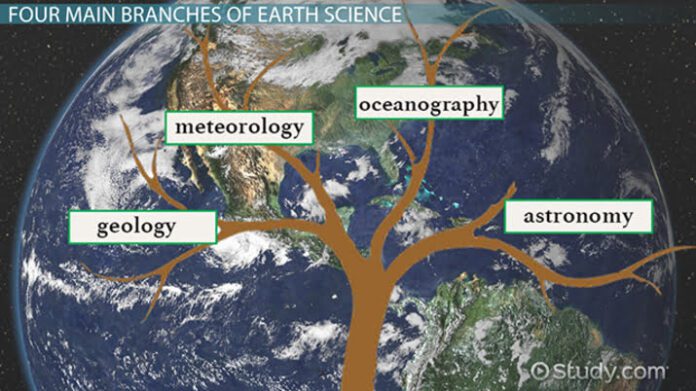The four main branches of earth sciences are:
Geology: Geology is the study of the Earth’s solid materials, including rocks, minerals, and the processes that make up the Earth’s structure. It involves examining the composition of the Earth, its history and the forces acting on it.
Meteorology: Meteorology is the study of the Earth’s atmosphere and the processes that control weather and climate. It involves the analysis of atmospheric conditions, weather patterns, and the interaction between the atmosphere and other elements of the Earth system.
Oceanography: Oceanography is the study of the Earth’s oceans, including their physical properties, dynamics, and the life forms that inhabit them. It includes several sub-disciplines such as physical oceanography, biological oceanography, chemical oceanography and geological oceanography.
Astronomy: While astronomy is not strictly concerned with the Earth itself, it is often classified as a branch of Earth science due to the study of celestial objects, phenomena, and the universe as a whole. It includes the study of planets, stars, galaxies and other celestial bodies, and the exploration of the origin and evolution of the universe.
These four branches of Earth science help us understand the physical processes of the Earth, atmosphere, oceans and their place in the wider cosmic context.
